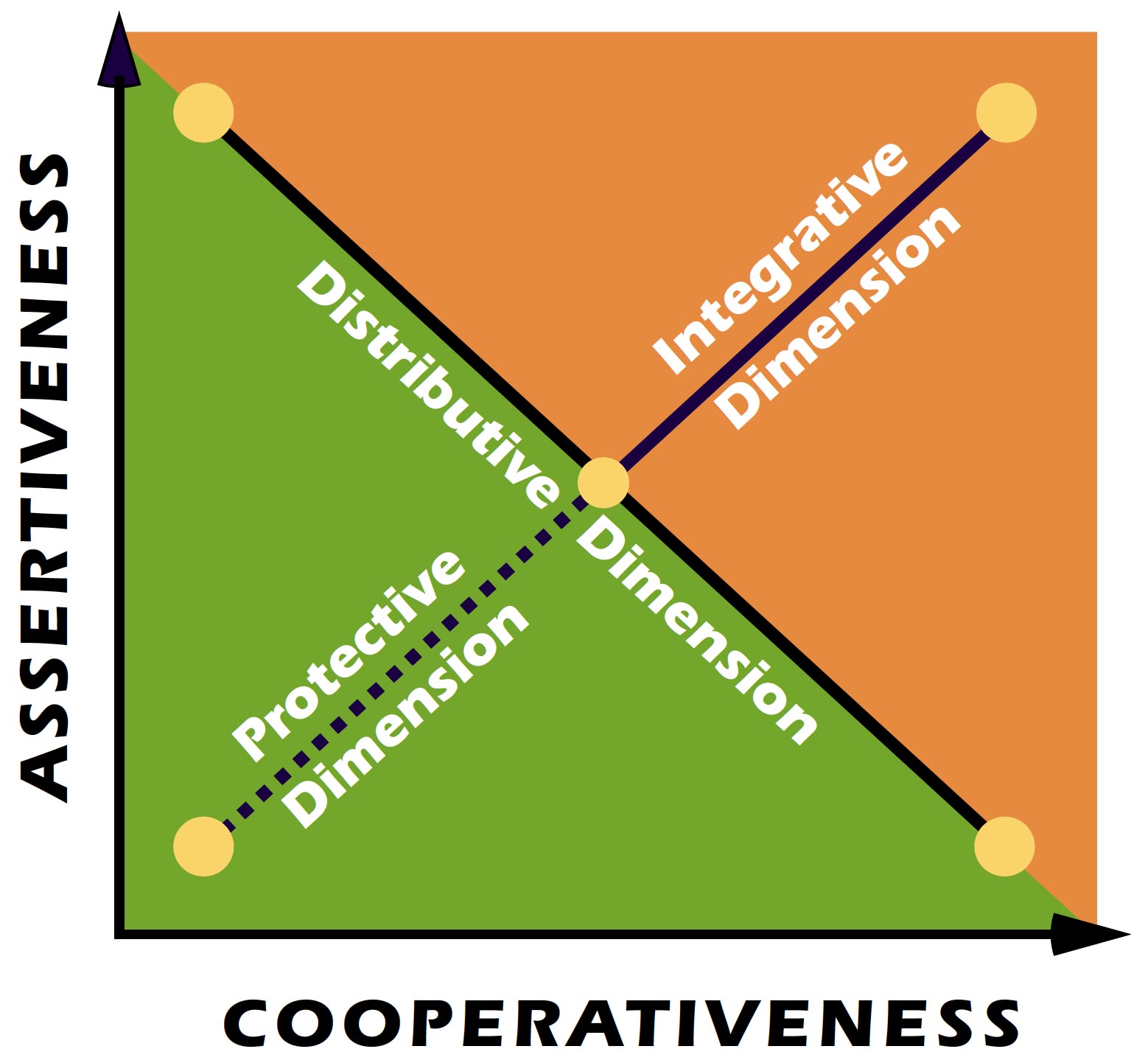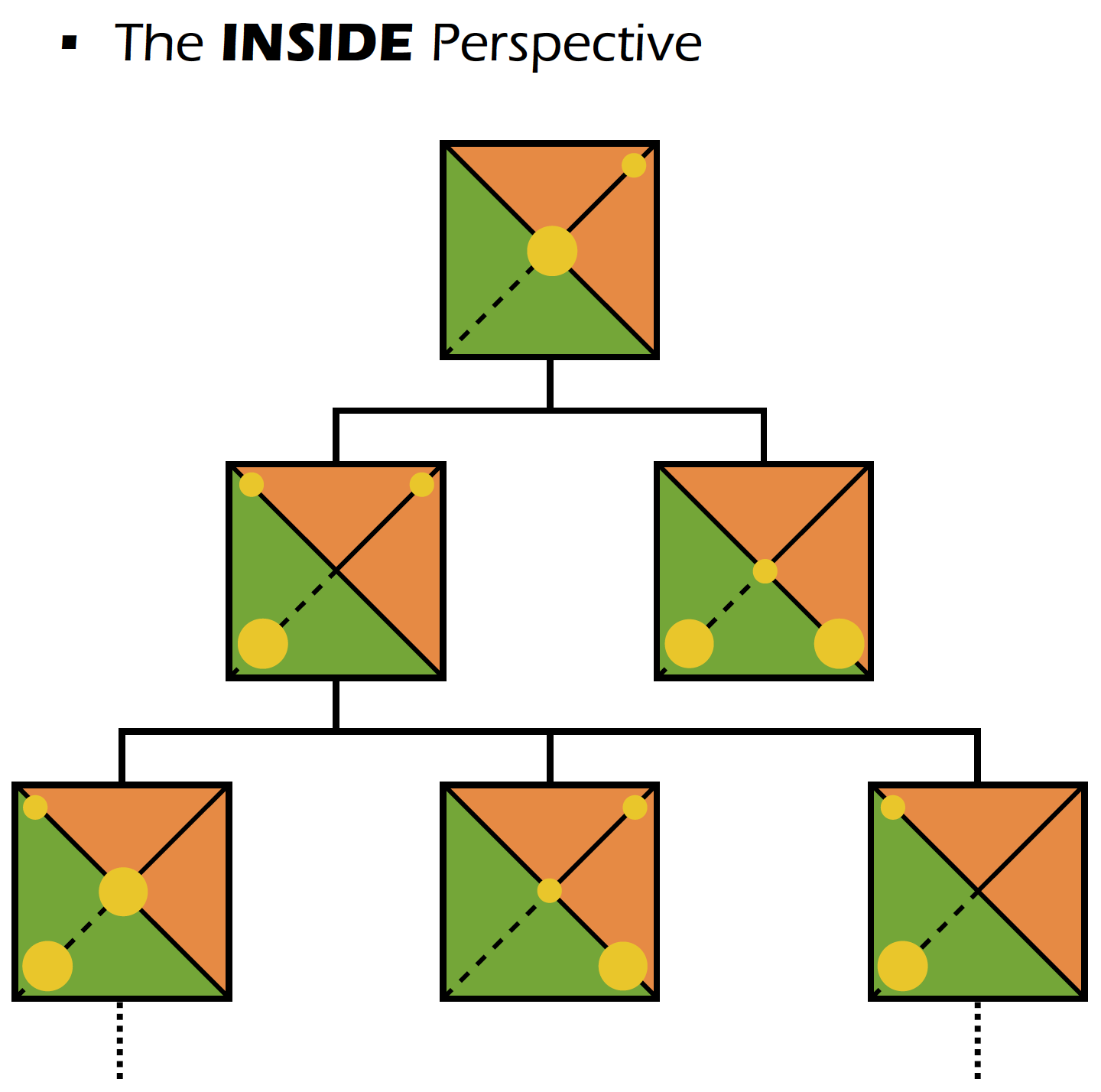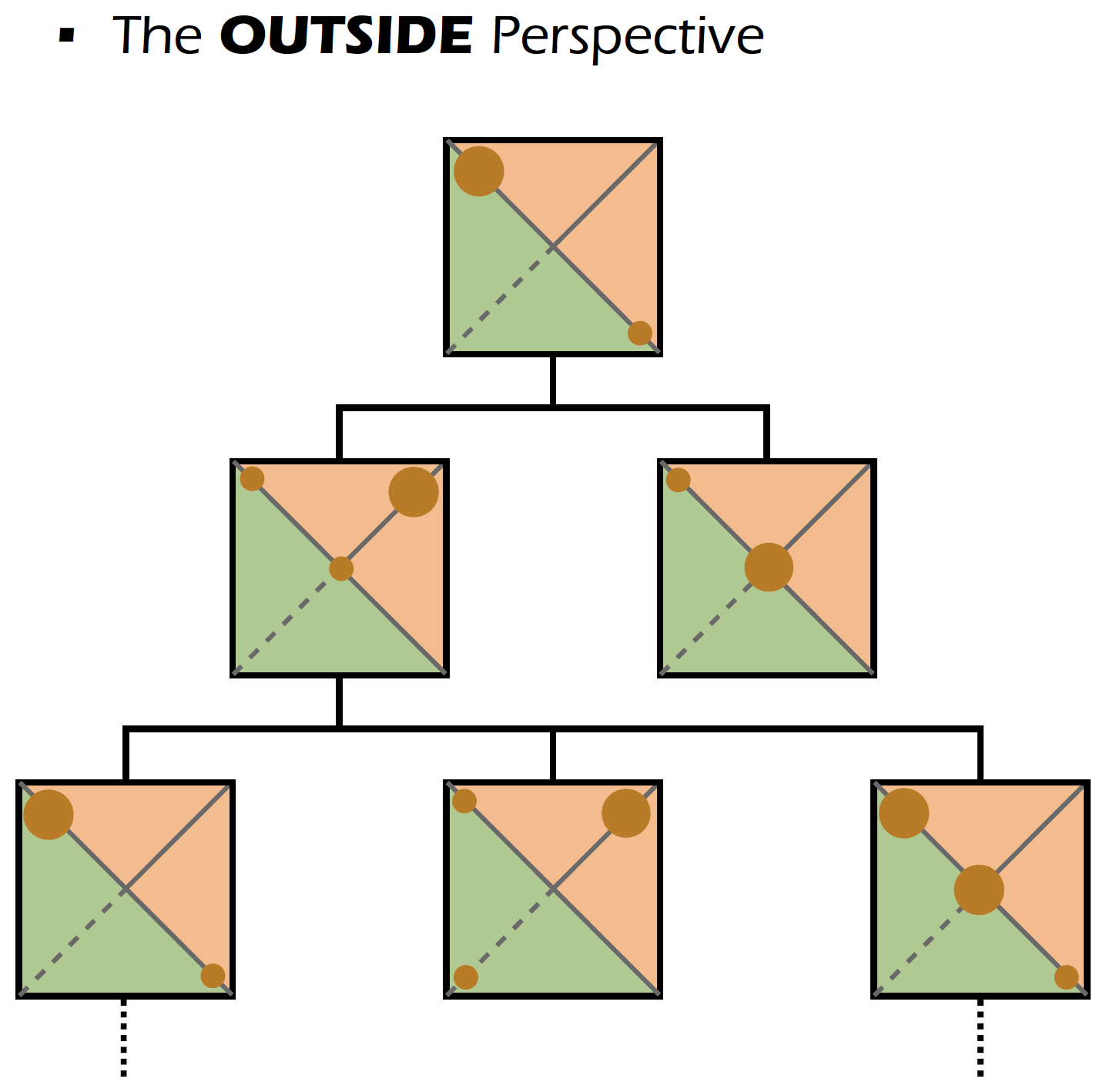08 Jan Six Tips for Managing Conflict in the Workplace
Ralph H. Kilmann, co-author of the Thomas-Kilmann Instrument (TKI)
Lately, I seem to be getting more requests to reduce the complexity of conflict management and the TKI Assessment into a few simple “tips” that people can quickly learn and use. I’ve had a great reluctance to do this in the past, given my many years of decrying the use of quick fixes for addressing complex problems. Nevertheless, I decided to give it a try and see what happens! Below, I offer you SIX TIPS.

1. Is Conflict Bad?
Since some people have been hurt by conflict, they understandably want to stay away from it—or get rid of it. In fact, some believe the world would be a better place if there were no conflict at all. But once we accept that conflict itself is neutral, we can then see that its goodness or badness is entirely based on how it is handled. Indeed, any conflict can be addressed with respect and dignity or can be approached with anger and malice. But even more important, conflict can be a great opportunity to create better solutions to old problems. Not surprisingly, the Thomas-Kilmann Conflict Mode Instrument (TKI) has been designed to promote the potential goodness of conflict—how it can be managed creatively—so it can help people satisfy their needs in all kinds of situations.
2. What Is the TKI Assessment?
The TKI assesses five conflict-handling modes: competing, collaborating, compromising, avoiding, and accommodating. These five behavioral choices are defined by two underlying dimensions: assertiveness and cooperativeness. In essence, the five conflict-handling modes are different combinations of trying to get your needs met (low, medium, and high) and trying to get the other person’s needs met (low, medium, and high). The TKI Conflict Model also includes the distributive dimension (the win-lose behaviors and outcomes along the full diagonal from competing through compromising to accommodating), the integrative dimension (the win-win behaviors and outcomes on the half diagonal from compromising to collaborating), and the protective dimension (the lose-lose behaviors and outcomes on the half diagonal between avoiding and compromising).

3. Distinguish Good versus Bad Avoiding
There are two kinds of “avoiding” to keep in mind: good avoiding and bad avoiding. Good avoiding is when you purposely leave a conflict situation in order to collect more information, wait for tempers to calm down, or because you’ve concluded that what you first thought was a vital issue isn’t that important after all. Bad avoiding, however, is when the topic is very important to both persons (and to the organization), but you aren’t comfortable with confronting other people: Instead, you’re inclined to sacrifice your needs for others—which undermines your self-esteem leaves you perpetually dissatisfied, and prevents you from learning from others.
4. The Avoiding Culture in Most Organizations
Many organizations seem to have a strong avoiding culture, which can best be investigated with a specific change in TKI instructions. Instead of asking members to respond to the thirty items in general terms (which are the official TKI instructions), I provide these modified instructions: “IN THIS ORGANIZATION, when you find your wishes differing from those of another person, how do you usually respond?”
What is the impact of this change in instructions? Instead of a person’s responses to the TKI being an average of ALL the conflict situations he faces (which can vary significantly between home and work, for example), with the modified instructions, a person’s responses on the TKI are specifically geared to his behavior in his workplace. When I then average the raw TKI scores of groups, departments, and the whole organization, I usually find that avoiding is in the top 25% (suggesting that it is being used too much), while one or more of the assertive modes (collaborating, competing, and compromising) are in the lower portion of the TKI profile (and thus being used too little).

As a sharp contrast to this finding, on a second TKI assessment I ask the same people to respond to these instructions: “OUTSIDE THIS ORGANIZATION, when you find your wishes differing from those of another person, how do you usually respond?” When I average the results to these modified instructions by group, department, and the whole organization, I am no longer surprised to find that members have more balanced profiles and, in fact, the avoiding mode may even be in the low 25% on the TKI profile, while the more assertive modes often appear in the middle 50% or high 25% on the profile.

This dual finding from two different TKI assessments (with the two different sets of instructions) suggests that the culture in the organization has taught people to avoid confronting others, even on matters that are very important to both the organization and its members. And the avoiding culture may also be reinforced by a reward system that penalizes people who confront their managers (as witnessed by who gets special assignments, bonuses, favors, and promotions).
5. Collaborating: The Least Understood Conflict Mode
Even though the collaborating mode sounds ideal to most people, it can only be used successfully under the right conditions. In fact, there are more conditions that affect the choice of collaborating than any other conflict mode.
For example, if people are faced with overwhelming stress, they won’t have the mental clarity to engage in a productive dialogue about what each person underlying concerns. As a result, they will find one of the other modes more suited to the high-pressure situation. Only if the stress is stimulating, inviting, and manageable can the collaborating mode possibly result in a win-win outcome.
Moreover, often overwhelming stress gives the impression that there is too much to do with so little time. With collaborating, however, it takes time for people to explore and then express what they really need and want. Thus, only use collaborating when you have the time (or can take the time) for a collaborative conversation.
Because collaborating requires an open, candid, and creative exchange among those whose needs, at first, appear to be incompatible, the relationship between people must be based on trust, which must also be supported by a corporate culture that encourages the same. Moreover, the reward system must have a history of rewarding people for expressing their real concerns as opposed to a legacy of critical incidents where employees have learned that people who had challenged the status quo later received a poor performance review (or even an abrupt dismissal). As a result, using the collaborating mode can be personally dangerous if it is not based on a trustworthy culture and reward system.
To use collaborating effectively also means that people must communicate (verbally and non-verbally) in ways that fully respect and honor one another. But if people don’t have the interpersonal skills to discuss differences in a non-defensive-producing manner, any attempt at collaborating will likely fail. Especially since this mode, by definition, may require people to share their innermost feelings with one another (and actively listen when others are sharing theirs), a higher level of interpersonal skills is needed with collaborating than with any of the other conflict modes.
In the end, although the collaborating mode has the potential to fully satisfy all persons involved in a conflict, it is important to understand when, and under what conditions, this integrative mode has the best chance to realize its promise.
6. Moving Beyond the TKI to Effective Behavior
The immediate benefit of taking the TKI and reviewing your results (which includes a personalized report with the online version of the assessment) is self-awareness: You learn which conflict modes you might be using too much (usually out of habit) and which ones you might be using too little (since you have not been exposed to the many positive uses of your underutilized modes). Although gaining awareness is the decisive Step One, four additional steps must be taken to improve how you actually BEHAVE in conflict situations—so you and other people will be more satisfied and your organization will be more successful.
Step Two is sharing your TKI results in a small group (family members or work associates) and hearing what others have to say about THEIR results as well as how they experience YOUR behavior in conflict situations. So long as the discussion remains supportive and is backed by a healthy culture, you will gain additional awareness as well as receive specific feedback about how you use one or more modes in different situations.

Step Three is to learn the key attributes of a conflict situation that determine which modes work best under what conditions. This step is learning to assess a situation in terms of (a) the level of stress (overwhelming or stimulating); (b) the complexity of the conflict (one-dimensional or multidimensional); (c) the relative importance of the conflict to each person (high/low, equal/different); (d) the available time to discuss the conflict (very little, moderate, or much); (e) the level of trust among the relevant persons (high, medium, or low); (f) the quality of speaking and listening skills (supportive/active versus defensive-producing/pseudo); (g) the group or organizational culture (protective and political versus open and honest); and (h) the importance of the relationship (high, medium, or low). Through a mini-lecture, group discussion, and practice, people can easily learn to read a conflict situation in order to choose which mode to use at first—and how to switch from one mode to another, as the situation changes.
Step Four is to practice, practice, and practice using each mode effectively. If you choose to avoid, how do you do that in a manner that respects and honors the other people in the situation? If you choose to compete, how do you get your way in a manner that engenders trust, respect, and a supportive culture (assuming you want those relationships to last)? How do you compromise so the door stays open for collaboration in the future, especially if the topic becomes more important to both of you? Thus, it is one thing to know how to choose the theoretically best mode in a given situation, but it is quite another to enact it effectively, efficiently, and with dignity. Typically, role playing a number of conflict situations and getting feedback from others (in a supportive group) will help you learn how to use each mode to its full potential.
Step Five is to keep improving how you read the key attributes of a conflict situation, how you choose and enact different conflict modes, and how you can engender more trust and supportive communication in both your personal life and work life.
Kilmann Diagnostics offers a series of eleven recorded online courses and nine assessment tools on the four timeless topics: conflict management, change management, consciousness, and transformation. By taking these courses and passing the Final Exams, you can earn your Certification in Conflict and Change Management with the Thomas-Kilmann Instrument (TKI). For the most up-to-date and comprehensive discussion of Dr. Kilmann’s theories and methods, see his 2021 Legacy Book: Creating a Quantum Organization: The Whys & Hows of Implementing Eight Tracks for Long-term success.




